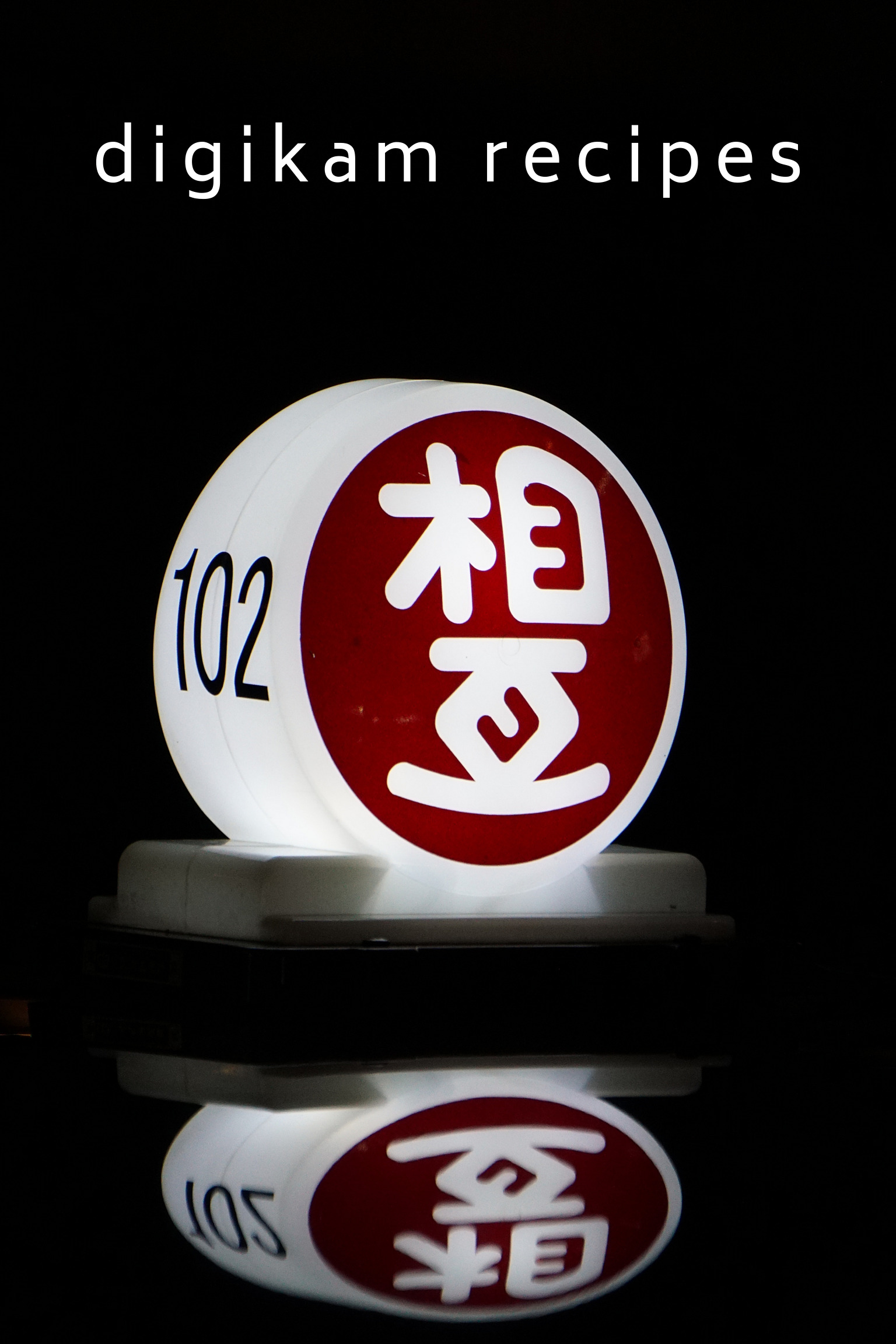Using the commands tucked under the Import menu, you can offload photos from your camera, storage card, or USB stick directly into the application. What’s more, the Import dialog box offers a few clever features that allow you to configure the import operation. In the File Renaming Options section, you can define a custom rule which renames all incoming photos on the fly. Say, you want to rename imported photos using their date and time info pulled from EXIF metadata. Enable the Customize option, and select the Date & Time item from the Options drop-down list. From the drop-down list next to the Format field, select the desired date and time format. The available options include Standard, ISO, Text, UnixTimeStamp, and Custom. The latter allows you to specify your own data and time format. For example, enter the yyyyMMdd-hhmmss rule in the Format field to rename photos as follows: 19730921-175735.
The options available in the Auto-creation of Albums section can come in handy in several situations. If you are downloading photos taken on different dates, you can enable the Date-based sub-albums option and choose the desired date format. This will neatly organize imported photos in albums by date. The Extension-based sub-albums option can be useful for importing photos in different formats into separate albums. For example, if you shoot in both RAW and JPEG, you can enable the Extension-based sub-albums option, so photos will be imported into appropriate folders based on their file extensions.
Finally, the On the Fly Operations section allows you to configure several actions to be performed on the photos during the import process. Among other things, you can let digiKam autorotate photos and convert them to another format like PNG or TIFF.





what about removing duplicates?
since i used for first time bluetooth to import photos from my smartphone
i don’t want to use any more usb cable. bluetooth is the the good technology for mobile devices.
no cable in my luggage.
no cable to plug in to the pc and to the device.
bluetooth minilan is the idealistic solution.
i don’t understand bluetooth is not a component by default for still camera.
a regret : when you import photos with “import from a remote pc” you curiously don’t pass through the standard import gui then you can’t benefit of the automatical functions beside it for example “transform file name symbols to low case symbols”
Hi there. Just some quick questions about the import dialogs…
Firstly, how do the files get copied? Is it a bit by bit, verified copy from one location to another? If i end up with corrupted files, how can I quickly verify whether it’s the copying process that was wrong, or whether there is an issue with the camera/card? Can I enable a check-box to import with a bit-by-bit verification, so that I am sure to have received EXACTLY what is on the card? I know it’s slower – but some of us might prefer data integrity over speed… (maybe all of us?!!)
Can I import to two different locations at the same time? I’m trying to work on a quick backup, as I import – to an external hard drive. This will at least ensure that I have a backup before i ever wipe a card, and might save untold heartache for those of us that have ever lost files, or wiped pictures without a full backup…
The renaming options on import – are they the same as the renaming options from inside the program, which are obviously very powerful? Do you get the same flexibility?
Thanks.